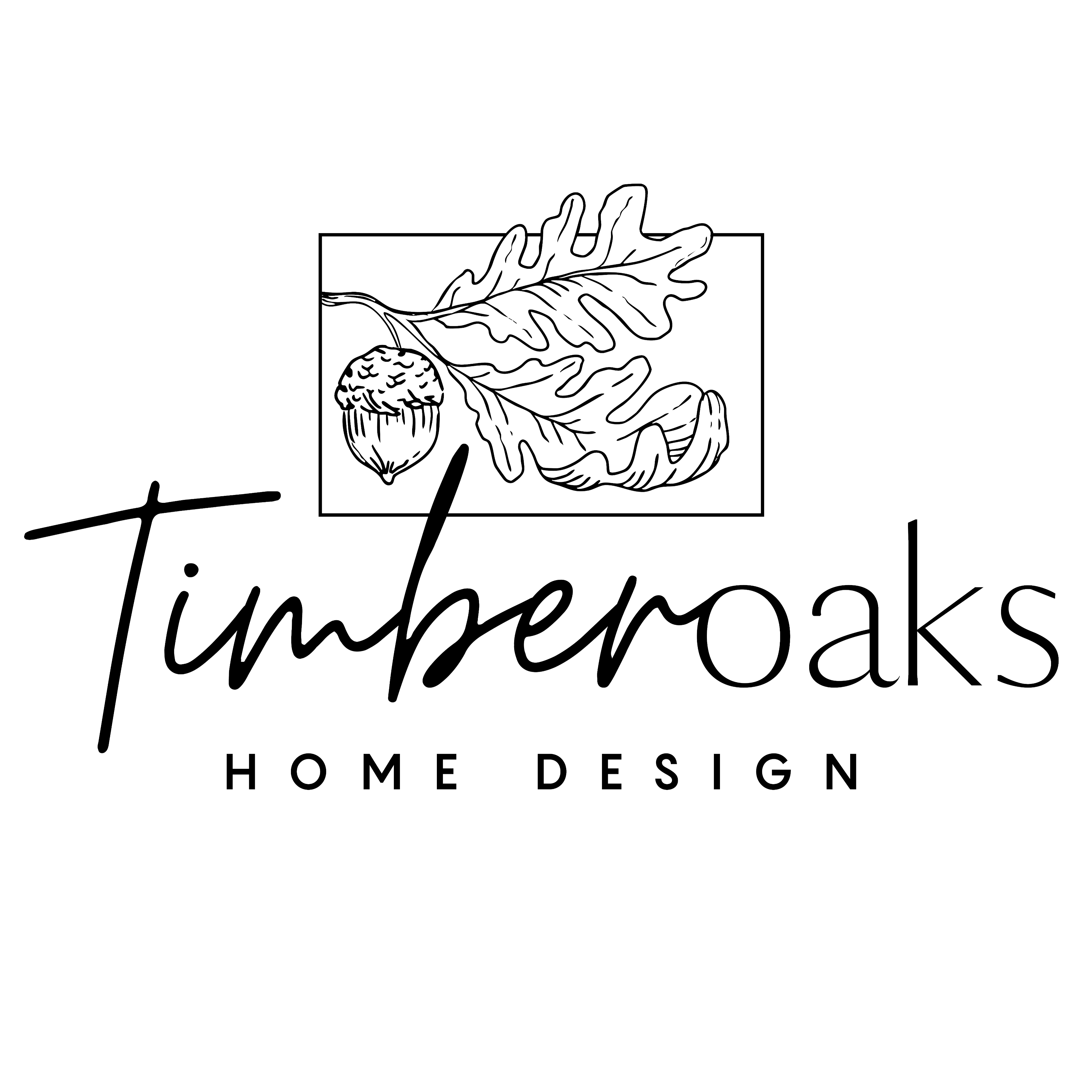Designing a Home Within Your Budget: Key Considerations for a Smart Build
- Heather Meaney

- Jan 22
- 3 min read
Updated: Jun 25

Building a home is an exciting venture, but balancing dreams with budget can sometimes be a challenge. As construction costs rise, it’s important to design a home that fits both your vision and your financial goals. Here are a few key factors to consider when designing your home on a budget.
Overall Size: The Cost Impact of Square Footage
One of the biggest influences on the cost of building a home is its size. On average, the cost to build a home can run anywhere between $250 to $350 per square foot, depending on location, materials, and design complexity. This means that every additional foot of space adds to the overall cost.
When designing your home, be mindful of how the square footage adds up. Consider:
Utilizing Open Floor Plans: Open layouts can help maximize the use of space, creating a feeling of spaciousness without increasing square footage.
Eliminating Unnecessary Rooms: Think about what spaces you truly need. Could you do without a formal dining room or have a smaller entryway? Every extra room increases your costs.
Building Vertically: Instead of sprawling outward, consider building up. Multi-story homes allow you to maximize living space without expanding the home's footprint.
Design Features: Simplicity Can Save Your Home Design Budget
While adding dramatic design elements such as vaulted ceilings, bump-outs, or complex angles can make a home feel more luxurious, they also come with a higher price tag. Features like these often require custom framing, additional materials, and labor, which can significantly increase the overall cost of construction.
When thinking about design features, keep in mind:
Vaulted Ceilings: These add a sense of grandeur but often come with additional structural support and higher heating and cooling costs due to the increased volume of air. Consider using standard 8- or 9-foot ceilings for a more cost-effective build.
Corners and Bump-Outs: The more corners and angles you incorporate, the more complicated and expensive the construction becomes. Stick with simpler, more straightforward layouts to save money.
Custom Elements: While bespoke features like custom cabinetry or specialty windows can elevate the aesthetics of your home, they tend to drive up costs. If you’re on a tight budget, look for cost-effective alternatives like pre-fabricated cabinets and standard window sizes.
A skilled designer or builder can help you assess which design features are essential to your lifestyle and which can be simplified without sacrificing style. With the right guidance, you can achieve a home that is both beautiful and budget-friendly.
Building Efficiency: Investing in Long-Term Savings
While you may need to invest more upfront, building a highly energy-efficient home can save you significant money in the long run. Incorporating efficient heating, cooling, and insulation systems can help keep your home comfortable without the high energy bills.
Higher R-Values: Homes with better insulation (i.e., higher R-values) are more efficient at maintaining a comfortable temperature. While this might cost more initially, it pays off over time through lower heating and cooling costs.
Energy-Efficient Systems: Investing in energy-efficient appliances, heating systems (like a heat pump or radiant floor heating), and smart thermostats can reduce energy usage. Over time, these systems will pay for themselves through savings on utility bills.
Solar Power and Passive Design: If your budget allows, consider investing in solar panels or passive solar design to reduce dependence on external energy sources. This investment not only benefits the environment but also provides long-term savings.
Working with Professionals to Stay on Budget
The best way to ensure that you get the most value for your money is to work with professionals who can help guide you through the design and building process. A knowledgeable architect or builder will help you create a design that maximizes functionality while staying within your budget.
Experienced Designers: A designer with experience in budget-conscious building can help you select the best materials and design elements that align with your financial goals.
Builders with Cost Awareness: Builders who are familiar with cost-saving techniques and sourcing materials can offer valuable advice on how to get the look and feel you want without going overboard.
A well-planned home build that prioritizes both style and efficiency can lead to a more affordable and sustainable living environment. By making thoughtful decisions about size, design, and energy efficiency, you can create a space that fits both your dreams and your budget.
Conclusion
Designing a home within a budget doesn’t mean sacrificing quality or style. By carefully considering the size of your home, simplifying design features, and investing in energy-efficient systems, you can create a home that is both functional and beautiful without breaking the bank. With the right professional guidance, you can achieve your dream home while ensuring it aligns with your financial goals for the present and the future.
Remember: thoughtful planning and a clear understanding of what elements truly matter to you will set you up for success, ensuring you create a home that serves both your lifestyle and your budget.





Comments